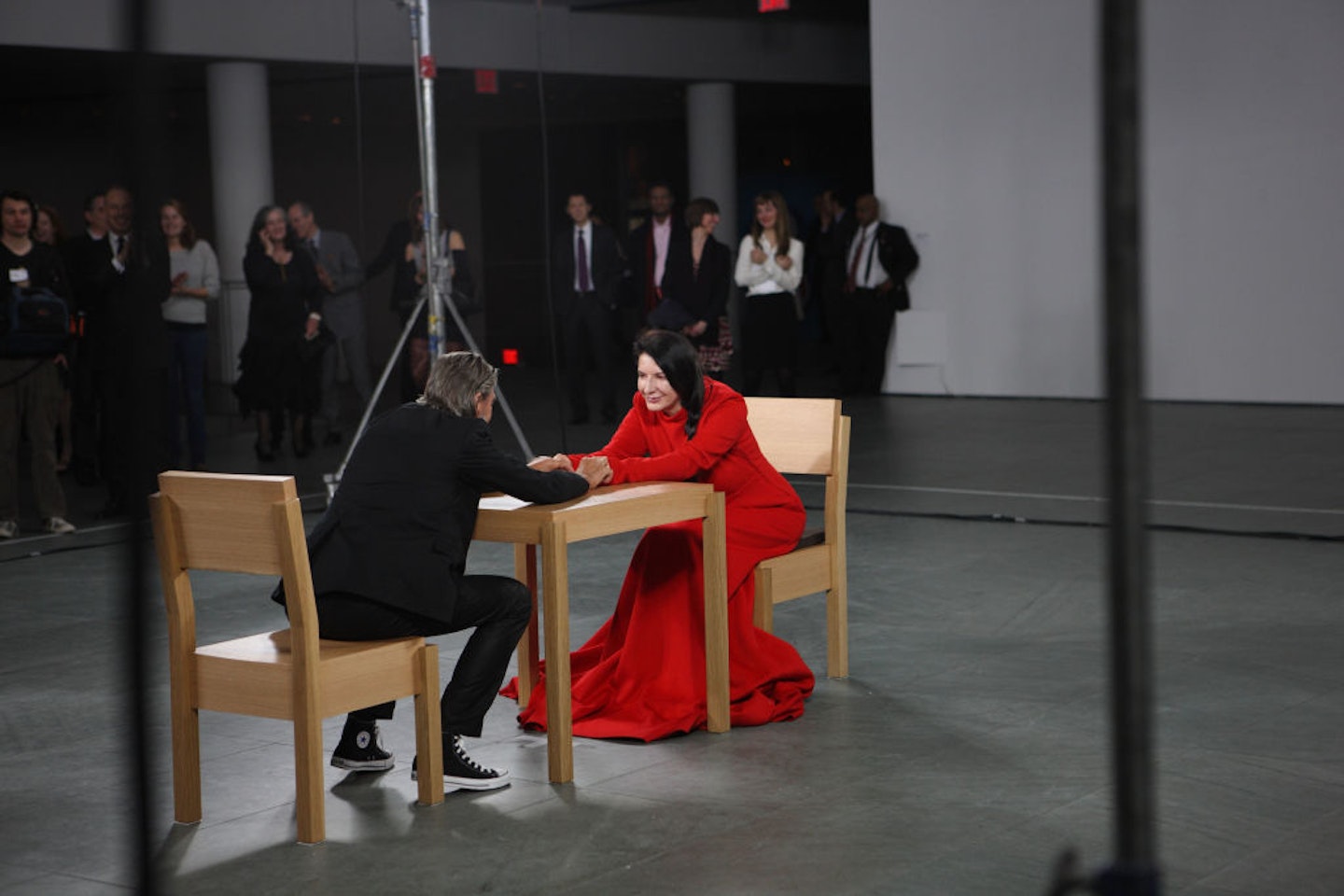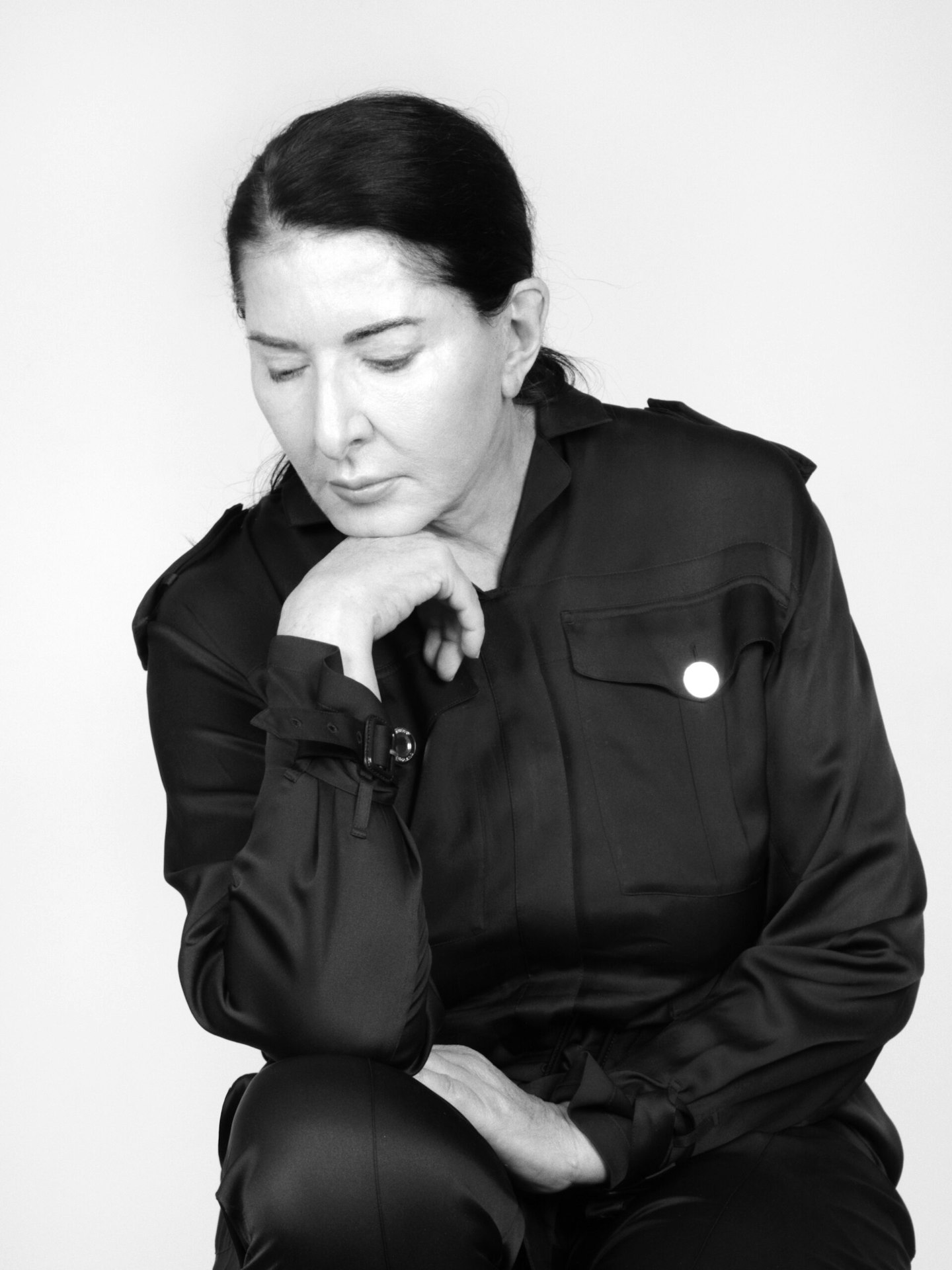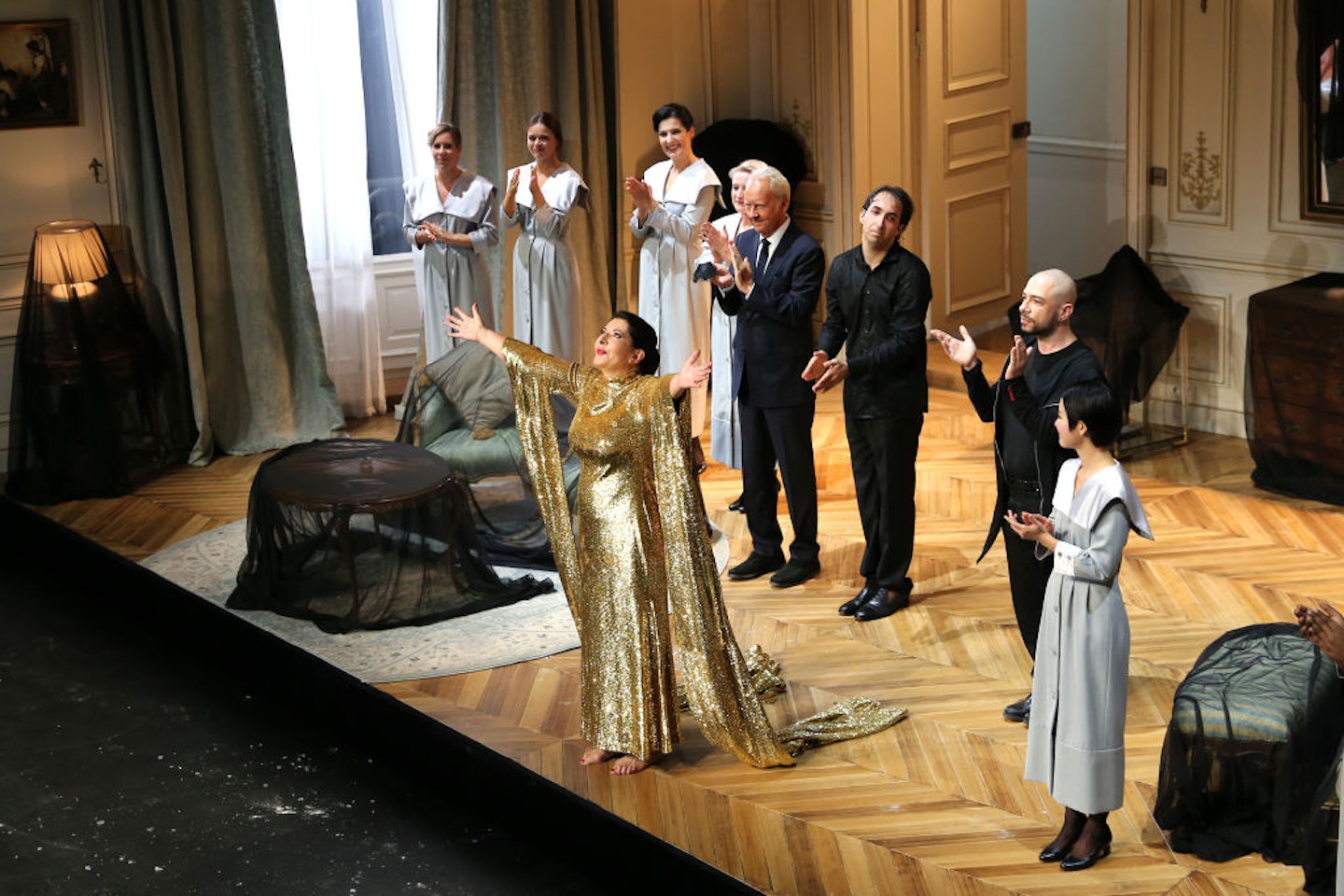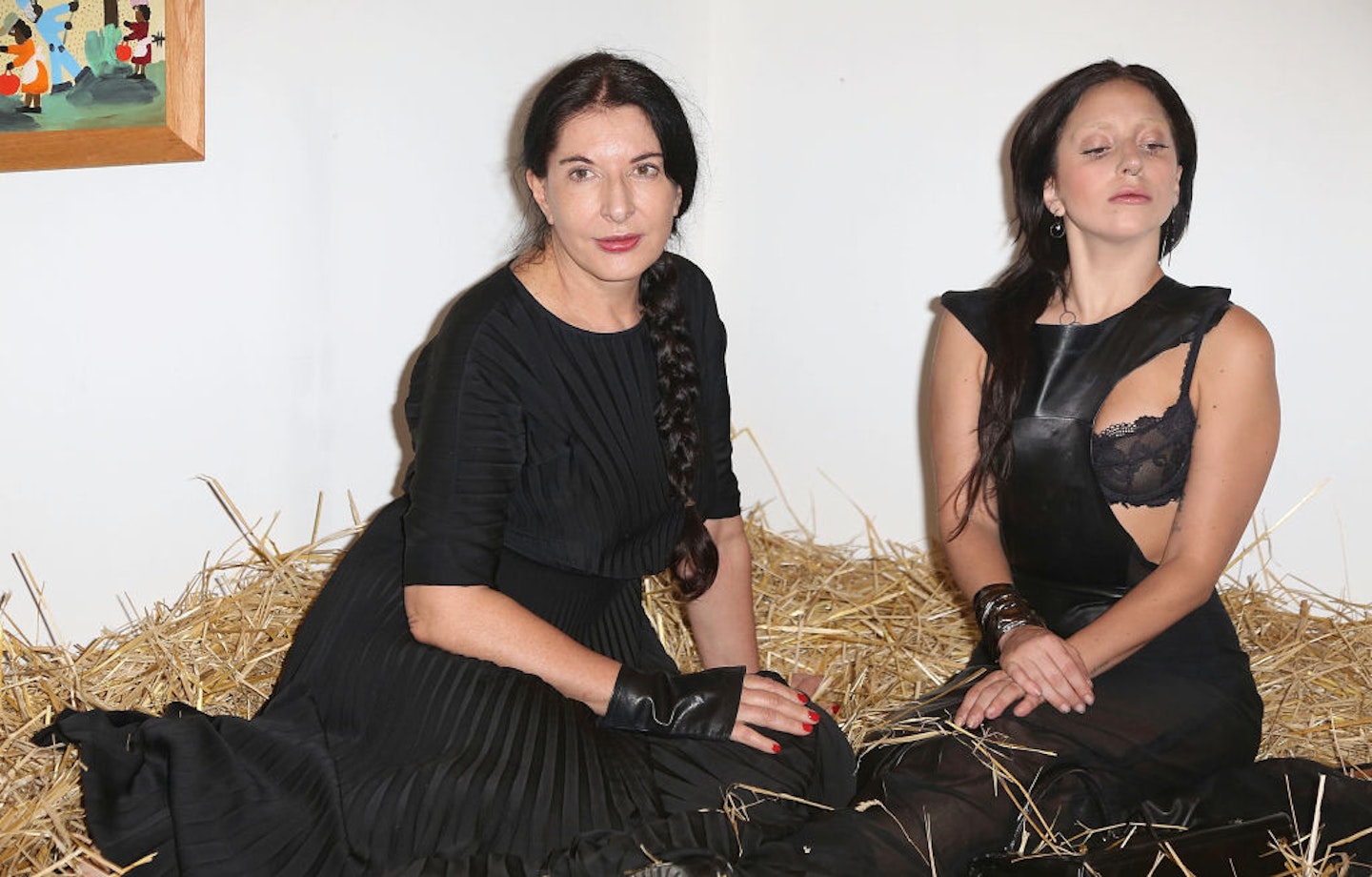As far as aphorisms go, ‘never meet your heroes’ tends to hold up. Until it doesn’t. Enter Marina Abramović, the godmother of performance art. She’s in New York. I’m in London. Zoom, naturally. What does one expect from a woman who once invited strangers in an art gallery to point weapons at her, walked the Great Wall of China to put a symbolic end to her relationship and, decades later, turned a silent stare into the most talked-about installation at the MoMa during her performance of The Artist Is Present?

When the Zoom screen blinks to life, there she is: severe and still, in a crimson Yohji Yamamoto top – not unlike the gown she wore for her MoMa piece. For a moment, silence. Then, abruptly: ‘So, ask me questions, then I answer, and then we go,’ she declares, voice clipped. So far, so Abramović. ‘My life is insane,’ she tells me. ‘I think the planet is speeding up, and I really try to cope, because it’s more work than I ever had in my entire life.’ Is she enjoying the madness? ‘That’s not even a question. It’s my duty. I really take work seriously. I never had children, I just wanted to be an artist. And now I have more opportunities than I ever got before. I have no time off until 2028.’
Next year, Abramović turns 80. You wouldn’t know it. Born in the former communist Yugoslavia (now Serbia) to politically active parents (they were partisans during WWII; she’s often described her upbringing as emotionally arid) she’s outpaced nearly every one of her peers. ‘You relax when you die,’ she laughs. ‘My generation stopped working at 60 already. Nobody’s doing anything. But the idea of pension never crosses my mind. I really think that work is something that we humans should do until the last breath. Yes, your body is getting older but this is something that you have to get used to. And you’re going to get old, too, my dear,’ she says, suddenly matriarchal. ‘At 30, you don’t think about dying and, until I turned 70, it never crossed my mind. But turning 80 next year, it’s a big deal. This is the last stage in your life.’

Is she afraid of the inevitable? ‘Of course, who isn’t scared to die? Anyone who says they’re not is lying. Every time there’s turbulence on the plane, I write my testament. But it’s something you have to deal with. The more you accept the idea of impermanence, the more enjoyable every day of your life
becomes. How can you confront your fear, and how can you make it meaningful?’
Speaking to Abramović is like watching centre court at Wimbledon: ideas volley from left to right with
impossible agility, bouncing between the philosophical and hilariously blunt, but never deadly serious. The laughs are myriad, as are her nuggets of wisdom. ‘There are three Marinas. One who is heroic and likes to go for danger. The second is highly spiritual. The third loves fashion, chocolate and bullshit.’
It’s this trifecta that helps Abramović to not just stay relevant, but shapeshift with the cultural moment. It’s why she can stage a sell-out opera one minute and launch a high concept NFT (a non-fungible token, or digital asset) drop the next, as she has done in partnership with the curated digital art marketplace Taex. Called the MAE Project, the aim is to bring her art to a new generation. ‘I’ve always been interested in how I can apply the limits of my body to new technology, but I’m also interested in how I can connect with the younger audience,’ she says.

‘Kids are really technological. And the way to get to them is to use the same technology they’re using. We’ve lost control of our life because of how addictive technology is. It was invented to give us more time, but we don’t know what to do with it. So it’s a war for me to introduce kids to silence and meditation.’

Does she know she’s a social media muse meme, reference point, cultural shorthand? She waives it off. ‘I don’t have Instagram, I don’t look at social media. I can hardly cope with my emails.’ Still, when I show her Lorde’s new album cover – rumoured on the internet to echo Abramović’s infamous MoMa performance – she says, ‘Wow. I didn’t see that. Nobody showed me. It’s pretty identical.’ Is she flattered? ‘Art is there to be referenced, to be used. Art is for everybody. I’m very democratic about that.’

In this, too, she’s defied the stereotype of the tortured artist, wary of the mainstream. She’s front row at fashion week, collaborates with Lady Gaga and delivers TED Talks, appears on Bella Freud's Fashion Neurosis podcast and attends the Met Gala. ‘In the ’70s, artists who loved fashion were said to be shitty, lousy artists. But when I sold my work to Pompidou for the first time, I went to the Yamamoto shop and bought a suit and blouse… I said, “Yes! Fuck that. I’m an OK artist. If I like fashion, what’s the problem?”’ Her opera costumes were Burberry, last year she was the face of Massimo Dutti, and the wardrobe for her next project is made by fellow Serbian-born, London-based designer Roksanda Ilinčić.
So, what is her secret to dealing with everything life throws her way? ‘I don’t give a shit. I suffered so much, been put through so much emotional bullshit and lost time to nonsense. I don’t do that any more, this comes from wisdom and with age. The secret is simple: really love what you’re doing. Don’t compromise. Have radical new ideas, good food, lots of humour, and good sex.’
The MAE NFT’s are minted on the ethereum blockchain via the mae.taex.com platform
Henrik Lischke is the senior fashion features editor at Grazia. Prior to that, he worked at British Vogue, and was junior fashion editor at The Sunday Times Style.
